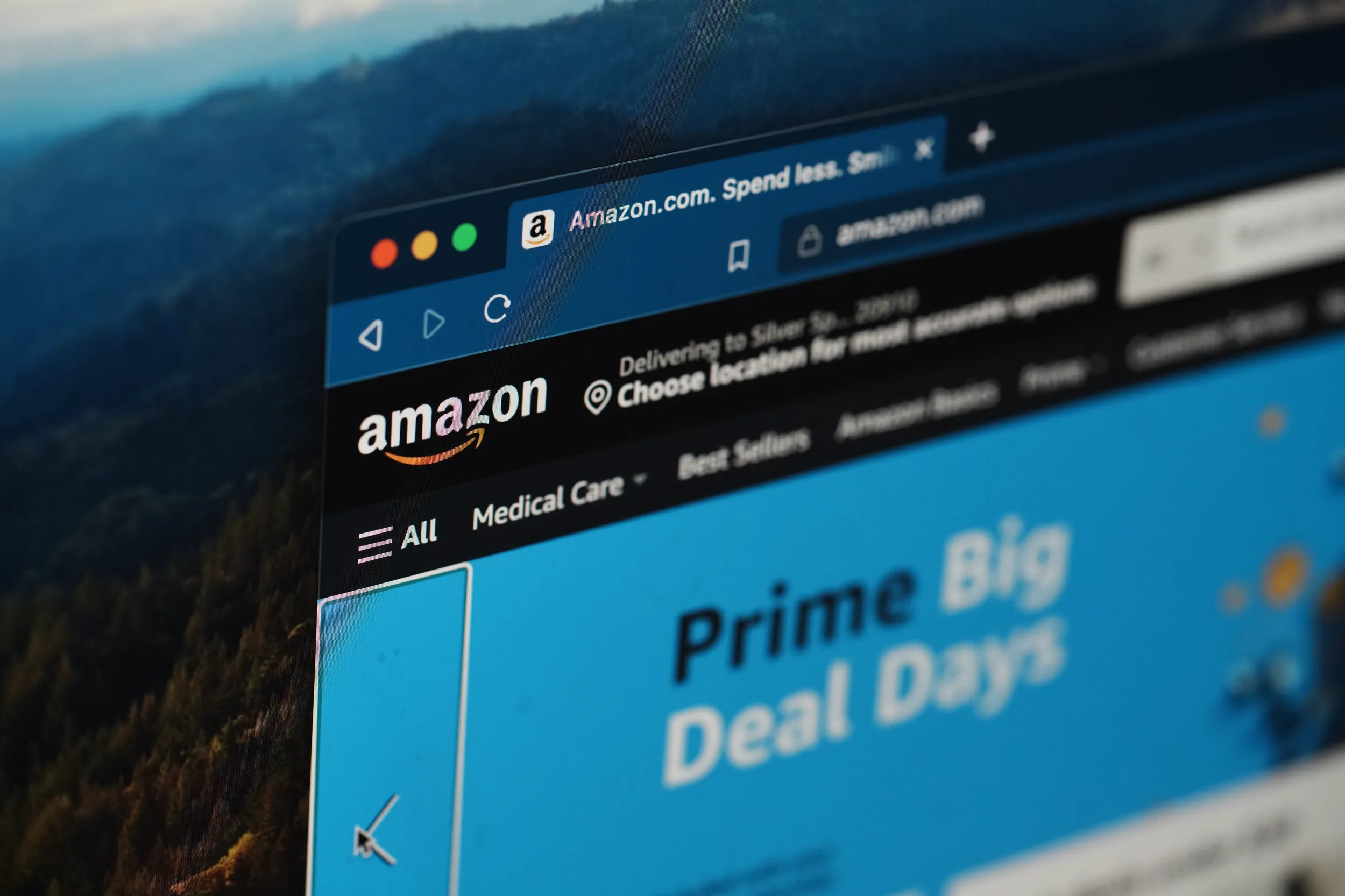CCIA Asks FCC to Unleash Innovation and Consumer Choice for Set-Top Boxes
My parents pay $32.84 per month just to rent their set-top boxes from their cable provider. It wasn’t until I started delving into the issue of how much consumers pay for renting set-top boxes here at CCIA that they even realized they had such high, monthly rental fees.
However, my parents are not alone in paying these monthly fees. Senators Ed Markey (D-MA) and Richard Blumenthal (D-CT) surveyed the major Multichannel Video Programming Distributors (MVPDs, or cable and satellite companies) and found that “approximately 99 percent of customers rent set-top boxes directly from their MVPD. . . . The average household spends $231.82 a year on set-top box rental fees.” Furthermore, “the average yearly fee for a single set-top box was multiplied by the total number of set-top boxes leased from MVPDs to determine that the industry generates $19.5 billion in revenue.”
DisCo went into great detail about this last month, but it’s worth repeating — there just is not enough competition in the set-top box marketplace. A major reason is that when 99% of consumers are locked into leasing their set-top boxes, there is not enough incentive for the big cable companies to innovate and differentiate their products. Though there is a big market (albeit declining due to cord-cutting) for set-top boxes, manufacturers of the cable companies’ boxes, in turn, do not have an incentive to innovate because they can achieve economies of scale by supplying the same boxes that the cable companies decide are the most profitable for them to lease. As the FCC declared in its National Broadband Plan, there has been a lack of competition and new entrants into this marketplace because “[r]etail set-top boxes have been competing on an uneven playing field.”
That’s why last week CCIA submitted comments to the FCC asking them to begin a rulemaking proceeding that would open up the set-top box market and enable more consumer choice. Following the report submitted by the Downloadable Security Technology Advisory Committee (DSTAC), a committee of various industry stakeholders, device manufacturers, and public interest groups, CCIA and other technology and consumer groups in the Consumer Video Choice Coalition (CVCC) urged the FCC to open a proceeding that will help ensure competition without delay.
As Public Knowledge explained in their comments to the FCC, consumers do have options:
[C]onsumers can outright buy similar devices (that cannot access MVPD content, but are broadly similar technologically) for significantly cheaper. Roku devices, for instance, start at $50, Amazon sells a Fire TV stick for $40 and an advanced device that supports 4K video for $100, and even a high-end device like the TiVo Roamio or Bolt, which has significant onboard storage space for recorded programs and which can record at least four programs simultaneously, starts at $200 (plus service), with a version that is not burdened by having to support CableCARD starting at $50 (plus service).
However, consumers are often unaware that other options exist because their cable provider simply gives them a box, and then later they find a rental fee on their bill every month.
Consumers should be able to hook up any retail device to their TV via CableCARD, which connects a third-party, retail device to the services provided by a cable company. Although they have supported retail devices with CableCARDs for over a decade, the incumbent cable companies still firmly control how consumers can view content. The cable industry’s own statistics explain this problem. The National Cable & Telecommunications Association (NCTA) noted in its most recent FCC-mandated filing on the status of CableCARD deployment and support that since 2007, the nine largest cable operators have deployed about 617,000 CableCARDs for use in retail devices. However, they have deployed over 53 million CableCARDs in devices that they supplied to their customers.
But last year, in the STELA Reauthorization Act (STELAR) that led to the creation of the DSTAC, Congress also repealed the set-top box integration ban, which had encouraged the use of CableCARDs in the set-top boxes that cable operators lease to customers. Although some Members of Congress called the integration ban “an unnecessary regulatory burden,” others, like Senator Markey, have since remarked that by
remov[ing] the requirement that cable company services be compatible with set-top boxes purchased in the marketplace rather than rented directly from the provider, [Congress] doomed consumers to being captive to cable company rental fees forever. We also endangered a competitive set-top box marketplace, replacing consumer choice with cable company control.
The other problem is that someone with an innovative idea for new set-top boxes faces high barriers to entry due to the incumbent cable providers’ market power. By providing their subscribers with their company-preferred set-top boxes, the cable providers essentially push third-party, retail set-top boxes out of the picture for most consumers. If big cable providers provided the same boxes to nearly all of their subscribers, their preferred set-top box manufacturers could produce them at greater scale. Therefore, if a different company offering an innovative set-top box wants to reach those customers, it often cannot do so at a cheaper cost than the preferred manufacturer. Similarly, a new entrant faces significant challenges with even small or medium-sized cable companies because the boxes mass-produced for the big companies are cheaper due to scale, and the smaller cable company’s subscriber base is too limited to handle the costs from the new entrant’s box.
When Congress passed STELAR, Congressman Greg Walden (R-OR), the chair of the House Energy & Commerce Subcommittee on Communications and Technology, said the legislation “urges the consumer electronics manufacturers and MVPDs to work together to find a next-generation solution for a competitive set-top box market.” The DSTAC did just that, and it produced a proposal, the “Competitive Navigation” proposal, as a downloadable security solution that will facilitate retail competition of video navigation devices. Its other proposal, the cable-backed “App-Based” approach, would simply reinforce the status quo where the incumbent cable operators determine how consumers can consume video over their providers’ set-top boxes. It’s time for the FCC to start a rulemaking that will promote competition, which will create more choices for consumers, providing a legitimate means of escape from exorbitant, often unnoticed set-top box rental fees.
John Howes, Jr. is a Legal Fellow at CCIA. Follow @J_Howes








